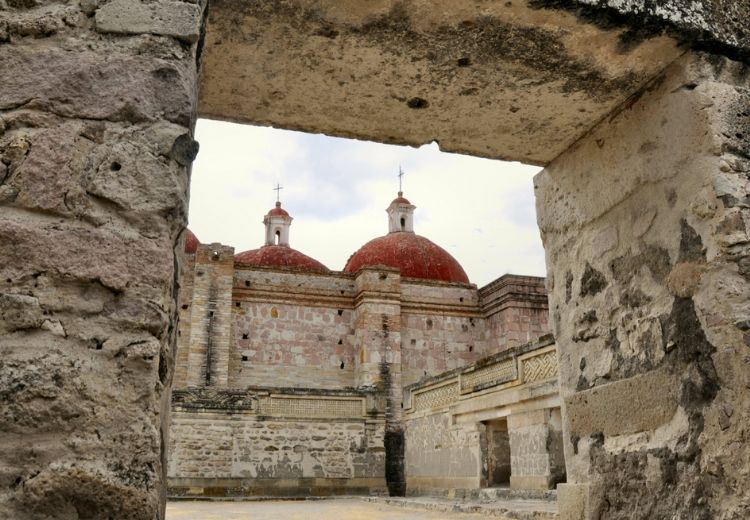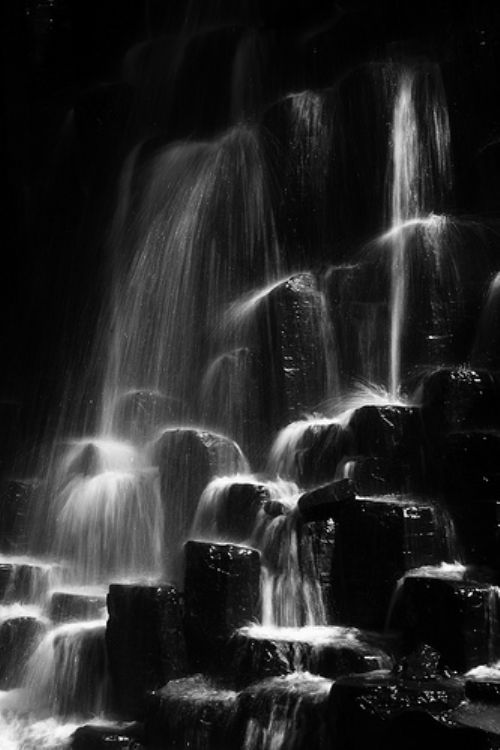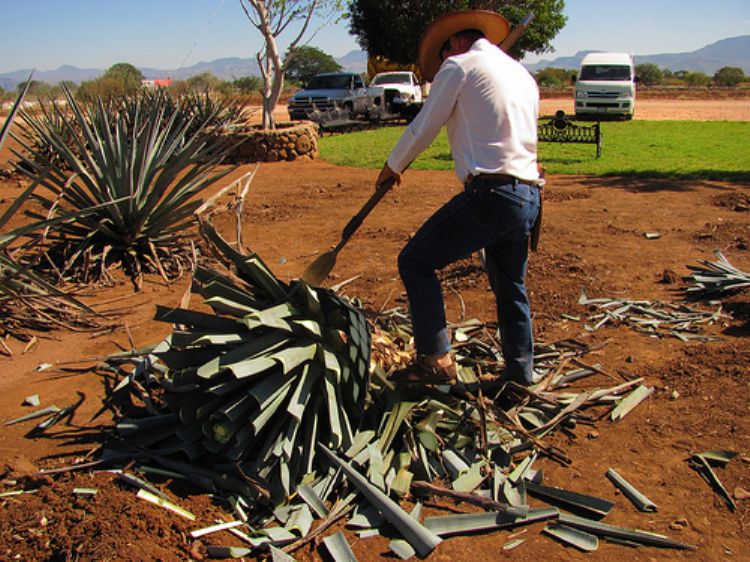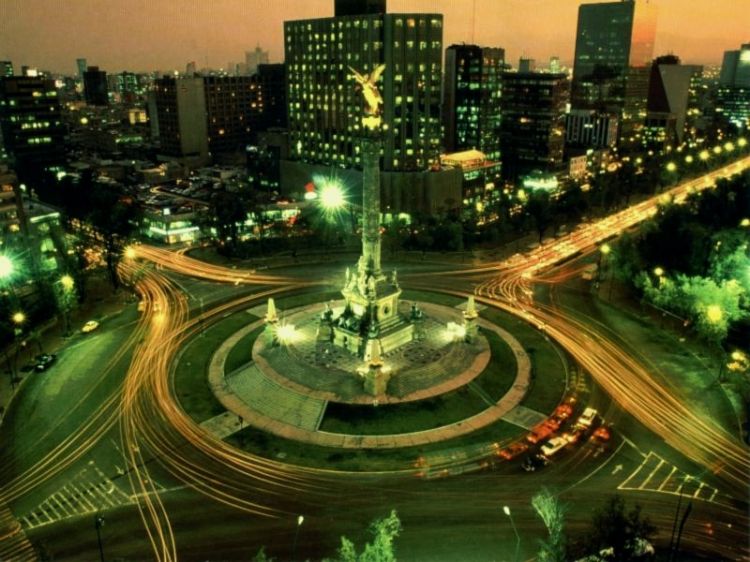
As we know, this year new Mexican elements were added to ...

PACHUCA
Known as La Bella Airosa or the "Graceful Beauty", this is a city filled with color, tradition and splendid landscapes. The state capital since it was founded, Pachuca has history, natural settings and Mexican folklore for all ages to enjoy. Beginning with the younger, the state offers the Rehilete Children's Museum, one of the best in the nation, where boys and girls can learn and have fun at the same time in one of its modern "experimentation halls", which include different topics to choose from such as art, nature and computers.
As it would be expected, the city has also two important museums dedicated to a local tradition, the mining industry, called The Mining Museum and the Museum of Mineralogy, the latter of which exhibits epoch Mexican and French pieces of furniture used during the times of the Porfiriato, as well as some 700 mineral samples natural of the region, and other 500 from around the world.
Other historical places with beautiful architecture include the Barreteros Market, the Reloj Monumental or "Monumental Clock", the Rule House, the temple and convent of San Francisco, the Plaza de Toros or bullfighting ring, and the Cajas Reales building.
ARCHEOLOGICAL SITES
A visit to Pachuca will not be complete unless visitors get to know at least one of the ancient cities of the Toltec empire, which ruled the Mesoamerican region for hundreds of years. Huapalcalco offers the experience of standing on the oldest organized human settlement in Hidalgo once inhabited by the Toltecs, and which displays an eight meter high pyramid and an altar used for human sacrifice. According to recent archeological studies, this city, also known as Tula Chica, was the predecessor of the great city of Tollan or Tula, know called Tula de Allende.
As the capital of the Toltec empire, Tollan came to the scene in the year 713 A.D. , a complex urban center that extended throughout 15 sq. km. , conformed by neighborhoods or districts each with its own administrative and spiritual representatives, and home to a society divided into numerous hierarchical social classes ruled by one great family dynasty.
However, the most important feature found in this capital was that it actually claimed to be the home of king-priest Ce Acatl Topiltzin Quetzalcoatl, who founds Tollan and later has to fight against Tezcatlipoca and his followers only to be defeated by this deity of war and human sacrifice.
The walls of the Palacio Quemado or "Burned Palace", filled with figures relating to the empire is still standing, and so is the site known as the Atlantes, ancient guardians of the place were god Quetzalcoatl was adored and worshipped.
Several remains of the courtyards for the "Ball Game" suggest Toltec warriors considered this activity to be almost sacred, and they spared no effort in claiming victory and the "trophy of death".
The Topiltzin dynasty happened to be so highly regarded, that quite some time after the fall of Tollan, when the Aztecs came to rule the region, they indeed looted the city and even took along some of the monuments to the city of Tenochtitlan.
And last but not least, Xihuingo is also an ancient Toltec city and key trading station within the indigenous cultures of the time, which displays the Tecolote pyramids as well as a small road or Calzada which is believed to be a reference to "Road of the Dead" or Calzada de los Muertos found in the prior and nearby city of Teotihuacan.
REAL DEL MONTE
Picturesque mining town of paved streets and cradle of football in Mexico, it offers an almost intact colonial portrait of what once was the economic engine of the state and the reason for a settlement at such an altitude, no less than 2,770 meters over sea level. Exuberant pine forests define the basalt cliffs of Peñas Cargadas, popular among campers and mountain climbers. In fact, some of the silver mines are still in operation, such as the La Rica, La Purisima, La Dificultad and Dolores, which extract the precious mineral mainly for the fabrication of delicate jewelry in the shape of bracelets, rings and necklaces.
And so, Hidalgo is formed by towns and small cities rich in natural settings in the form of thick forests, rivers, lagoons, rocky formations, sightseeing locations, mines, thermal waters and water springs, as well as mountains and sierras that frame the rustic and colorful buildings that transport visitors back into colonial times.
The Franciscan temples and convents, deep mines, delicious culinary creations of the purest pre-Spaniard descent, as well as the warm and authentic hospitality of the locals, make the state of Hidalgo a magical destination where time goes by but the past is never forgotten.

As we know, this year new Mexican elements were added to ...

One of the best known products that Mexico has given to t...

Mexicoâs Independence is the result of diverse social c...

Mexican syndicalism originated during the first decades o...